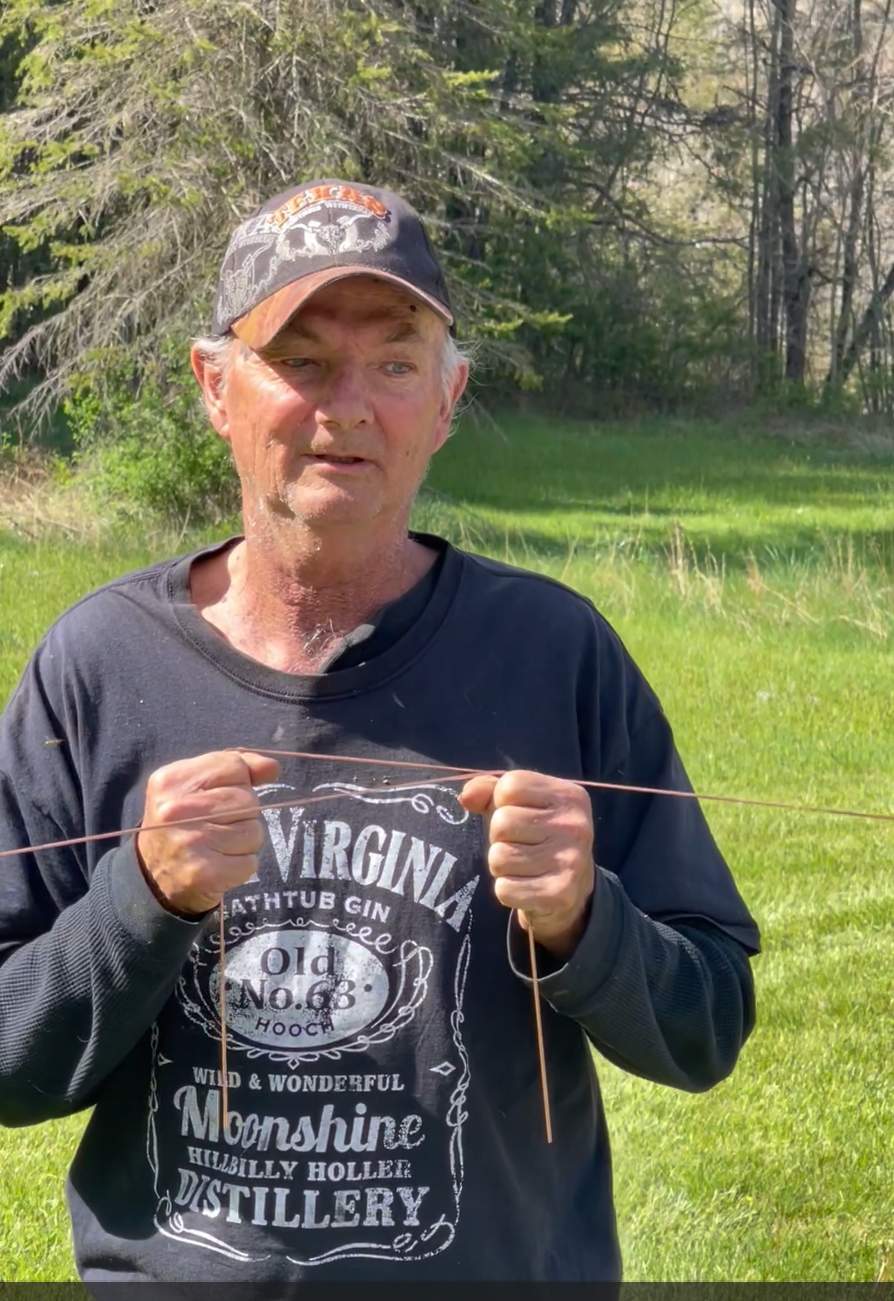Water Witching at Townsend Draft Goods
Discovering the Mystique of Water Witching: A Journey Through Appalachia
Water witching, also known as dowsing, is an ancient practice shrouded in mystery and tradition. Its roots run deep in cultures around the world, but it holds a particularly cherished place in Appalachian folklore. This practice of locating underground water sources, minerals, or other hidden objects has fascinated generations, blending practicality with a touch of mysticism.
What is Water Witching?
At its core, water witching involves the use of simple tools—like forked sticks or metal rods to detect the presence of water beneath the Earth's surface. A dowser, as the practitioner is called, walks over an area holding these tools and observes their movements. If the tools dip, twitch, or react in some way, it’s believed to signal the presence of water or other materials.
While intriguing, water witching lacks scientific validation. Many attribute its successes to chance or the dowser's subconscious familiarity with the landscape. Skeptics see it as a pseudoscience, but for those who practice and believe in it, the results speak for themselves.
Water Witching in Appalachian Folklore
In Appalachia, water witching became an essential skill in communities where modern utilities were historically scarce. Families and farmers relied on local water witches to locate underground springs for wells—a task crucial for survival and self-sufficiency.
But the practice wasn’t just practical; it was deeply tied to Appalachian culture. Passed down through generations, it was sometimes considered an inherited gift or a talent requiring sensitivity to the land. This added a layer of mystique to the tradition, transforming it into more than just a means of finding water—it became a symbol of connection to the Earth and its secrets.
Can It Be Taught?
Yes, the methods of water witching can be taught, but its success might hinge on belief. A mentor teaches aspiring dowsers to use tools like rods or sticks and to pay attention to subtle sensations that might indicate water's presence. In Appalachian lore, some believe dowsing requires a natural affinity or runs in families, making it a skill rooted in both technique and intuition.
The Legacy Lives On
Even in modern times, water witching remains a captivating element of Appalachian heritage. For some, it’s a practical tool; for others, it’s a cultural touchstone symbolizing a deep bond with the land. Whether you view it as science, superstition, or a bit of both, water witching is a testament to the resourcefulness and imagination of those who practiced it.
Water Witching at Townsend Draft Goods
Dave Townsend has been water witching for decades. He’s mapped out entire water systems for campgrounds, home builders, and more. Locals investing in a well seek his input for the best location to drill. And yes, he water-witched the location for the current well at the Townsend Draft farm.
References:
Smithsonian Magazine: The Science and Folklore of Dowsing
Appalachian History Blog: Dowsing Traditions in Appalachia
Journal of Folklore Research:Mysticism in Appalachian Practices
Supplies Needed to Water Witch
You need a set of dowsing rods. These can be handmade from a metal coat hanger. Or you can make them from two pieces of copper easily found at the hardware store.
Make your own dowsing rods with a metal coat hanger or copper wires to practice water witching
You can also buy a nice set of dowsing rods for under $20! We offer them at Townsend Draft Goods.



